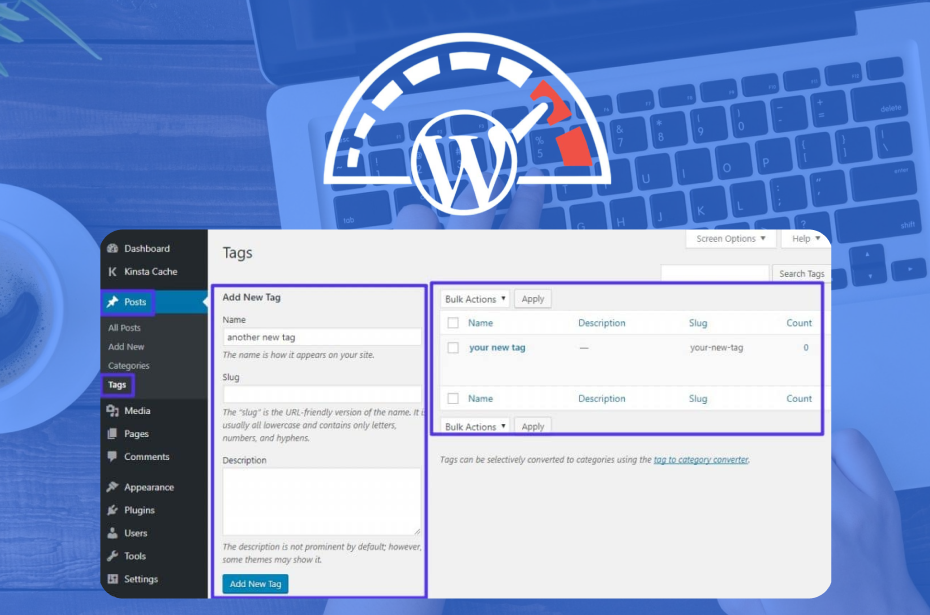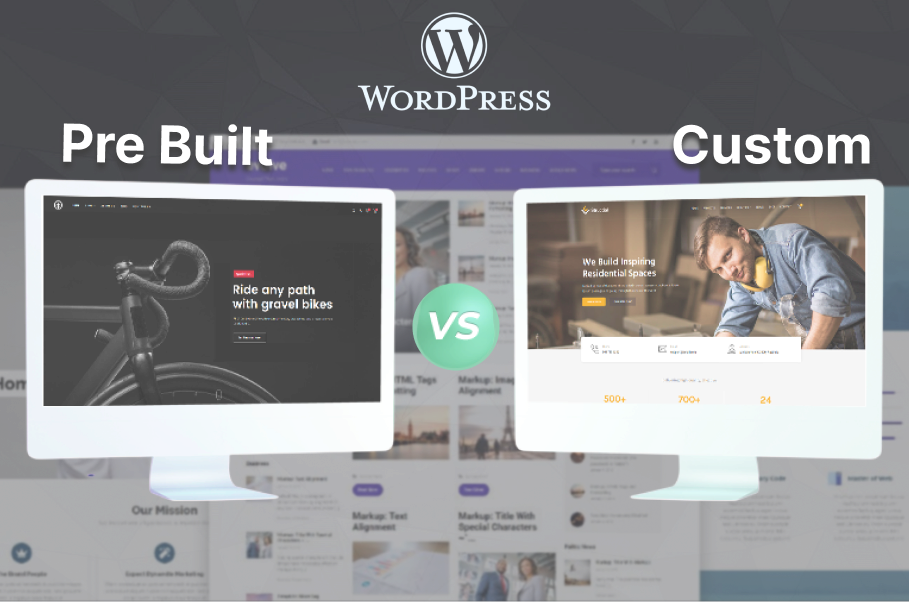If you’re not paying attention to your title tags, you are missing out on something looming in the context of SEO. Consider a title tag to be the shiny wrapper on a chocolate bar; if it looks good, the visitors would love to take a bite. If it is bland, maybe you should find other places for a treat.
Title tags are the first impression you give to both search engines and visitors, and trust us. First impressions do matter. Do you want to step up your SEO game? Then, let’s buckle up and get down and dirty on how to add, edit, and optimize title tags in WordPress. Consider this your blueprint to success if you are searching for high-quality SEO services. Let’s get started.
What Exactly Are Title Tags, and Why Should You Care?
Let’s start from the start. What is a title tag? Picture yourself on Google, looking for “the best pizza in New York,” each link has an inviting, clickable title. That’s a title tag. It’s the heading of a web page, presenting the content in results pages much like in a newspaper. Google crawls your website, and using the title tags, it determines what your page is about and ranks it accordingly.
And, if your title tag is NOT catchy, specific, and optimized, you serve no purpose other than driving clicks right into your competitors? It’s like opening a new restaurant but forgetting to sign-up. Don’t let this be you.
How to Add and Edit Title Tags in WordPress
Now that we know why title tags should be taken very seriously let’s talk about how to edit them. It’s easier than you think, and it’s a piece of cake on WordPress. You don’t need to be a nerd to do this right. The steps are taught below:
Step 1: Install an SEO Plugin
Before you get your hands dirty, you must ensure you have all the right tools for this task: SEO plugins. Two really good options are Yoast SEO and Rank Math. These plugins are the Swiss army plugins for SEO—offering a whole host of tools for managing title tags and much more.
- Access the WordPress dashboard
- Plugins > Add New
- Search for “Yoast SEO” or “Rank Math”
- Install and activate the plugins
Once that’s done, you’re ready to rock and roll.
Step 2: Edit Title Tags for Individual Posts or Pages
This is where the fun begins. So, do you want to edit the title tag for one of your blog posts or product pages? Here’s how to do it in minutes:
- Open the post/page you want to edit
- Scroll down to the section for the SEO plugin (should be located below the main content area)
- Find the “SEO Title” field
- Replace the title tag with something catchy, relevant, and SEO neat
Easy, right?
Tips for Writing Title Tags That’ll Make People Click
Now that we’ve dealt with the technical side, here comes the strategy. This is not just another space to dump keywords; this is your golden opportunity to gain clicks. Here is how to do it:
1. Keep It Short and Sweet (Under 60 Characters)
Google cuts out the title tag after roughly 60 characters. It means, if your title goes past that, the chances are extremely good that the search engine will shred it to pieces. So, 50-60 characters will work best to ensure your title is fully visible.
2. Put Your Keyword at the Start
SEO is all about keywords. So, as you write out your title, make sure your most important keywords are as close to the front as possible. It is similar to shouting “Hello!” in a crowd- everyone is likelier to hear you first.
3. Be Irresistible
An ideal title doesn’t just inform but also attracts. Ask yourself: “Would you click this title if you were looking for this topic?” Words like “How-To,” and “Best” tend to give that little extra push. Instead of “SEO Tips,” give a ringing title, like “10 Ultimate SEO Tips for Beginners.”
4. Don’t Forget Your Brand
If you’ve got a strong brand, add it in there. But don’t go overboard. This isn’t an ad. It’s a headline. For instance, “Best Pizza in New York | Joe’s Pizza” is great, but don’t make your title tag sound like a commercial.
5. Avoid Keyword Stuffing
Don’t go stuffing your title with too many keywords; it sounds tempting, but it’s just like squeezing yourself into pants that are too small, uncomfortable, awkward, and not going to end well. Be human, always thinking about the user; usability wins.
Advanced Title Tag Hacks to Make You an SEO Rockstar
You’re already doing great, but let’s kick it up a notch. Want to be a title tag wizard? Here’s how:
1. Set Title Tag Templates
Using an SEO plugin like Yoast, you can set up templates for your title tags, which saves you tons of time. That way, your blog posts will automatically have a clean and uniform structure without you having to change all of them individually.
2. Target Local Search with Title Tags
If you are a local business, use your title tags to target precise cities or neighborhoods. Instead of saying “Best Pizza,” say “Best Pizza in New York City.” This makes it very clear to Google and your customers where you are located.
3. A/B Test Your Title Tags
If you’re seeking quantifiable results, A/B testing is your friend. You can test different versions of your title tags and ultimately see which version gets the best click-through rate. It’s almost like a mini-experiment each time you publish a new post. Trial and error can lead to the SEO golden land.
4. Dynamic Title Tags
Dynamic title tags are just like setting your title tags on autopilot. WordPress SEO plugins allow the insertion of dynamic tags that change based on the content, such as post title, category, or even the author’s name. That way, your title tags remain fresh and relevant while you avoid the manual effort.
Mistakes to Avoid When Optimizing Title Tags
Even the best makes errors, but some are easily avoidable. Here are a few title tag blunders that can hinder your SEO efforts:
1. Duplicate Title Tags
Every page on your site needs to have a unique title tag. If you have the same title tag on multiple pages, there is every chance that Google will get confused and find it difficult to decide on which of those pages to rank. This is disastrous for the performance of the site.
2. Overstuffing with Keywords
Keyword stuffing is like putting too much salt in a dish; it makes it hard to read the title tag and ends with a bad taste. Always go for one main keyword, and the rest of your title should flow quite naturally.
3. Forgetting to Update Title Tags for Internal Pages
Title tags should never be restricted to just the homepage. Every page—a blog post, product page, or contact page—should also get a unique title tag optimization treatment.
Conclusion
Title tag is one of the most crucial things for your site’s SEO. This is one of the first things the search engines and humans see, so you better nail that one! Follow these tips for title tag optimization to drive more clicks and boost your rankings. If you would rather look the other way and let someone else handle the nitty-gritty stuff, WordPress Web Experts is here to do the SEO for you: title tag, meta description, or the SEO strategy of your entire WordPress website.
So, wait no more. Start optimizing your title tags now. And remember that an exciting, unforgettable title tag leaves a lasting impression on your visitors, like a pleasant first date. What do you think? Ready to make a first impression? Let’s do it!





